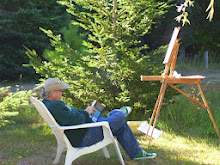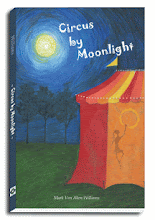The Days of the Dead are a joyous and sacred time, a time to welcome the souls of the dead; it is a celebration in which the living and the dead are joined if even for a short while. It demonstrates a strong sense of love and respect for one’s ancestors, celebrates the continuance of life, family relationships, community solidarity, allows people to talk about, and even finds humor in death. In this way, death loses some of its terror.
The mask, for humans, has always helped us make sense of the universe, to personify its forces. And the most visible form of personification has always been the face, serving as a tool of transformation and a bridge to the spirit world. The impact of masks increases when contemporary art turns to themes like identity or gender, a subject that Kahlo could possibly be exploring here.
Pablo Picasso understood the power of masks, and said, “Painting isn't an aesthetic operation; it's a form of magic designed as a mediator between this strange, hostile world and us, a way of seizing the power by giving form to our terrors as well as our desires.”
But it is Hans Hofmann who I think of when looking at this Kahlo painting: “Art is magic... But how is it magic? In its metaphysical development? Or does some final transformation culminate in a magic reality? In truth, the latter is impossible without the former. If creation is not magic, the outcome cannot be magic.”








No comments:
Post a Comment